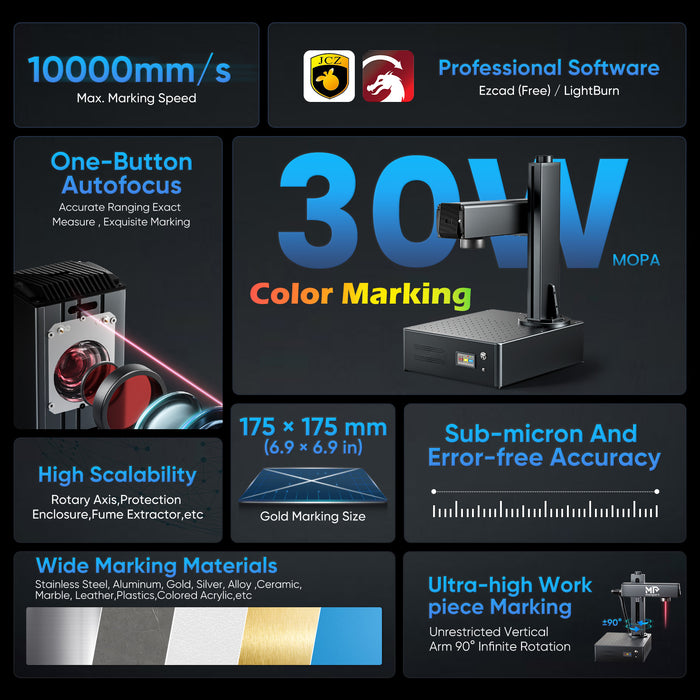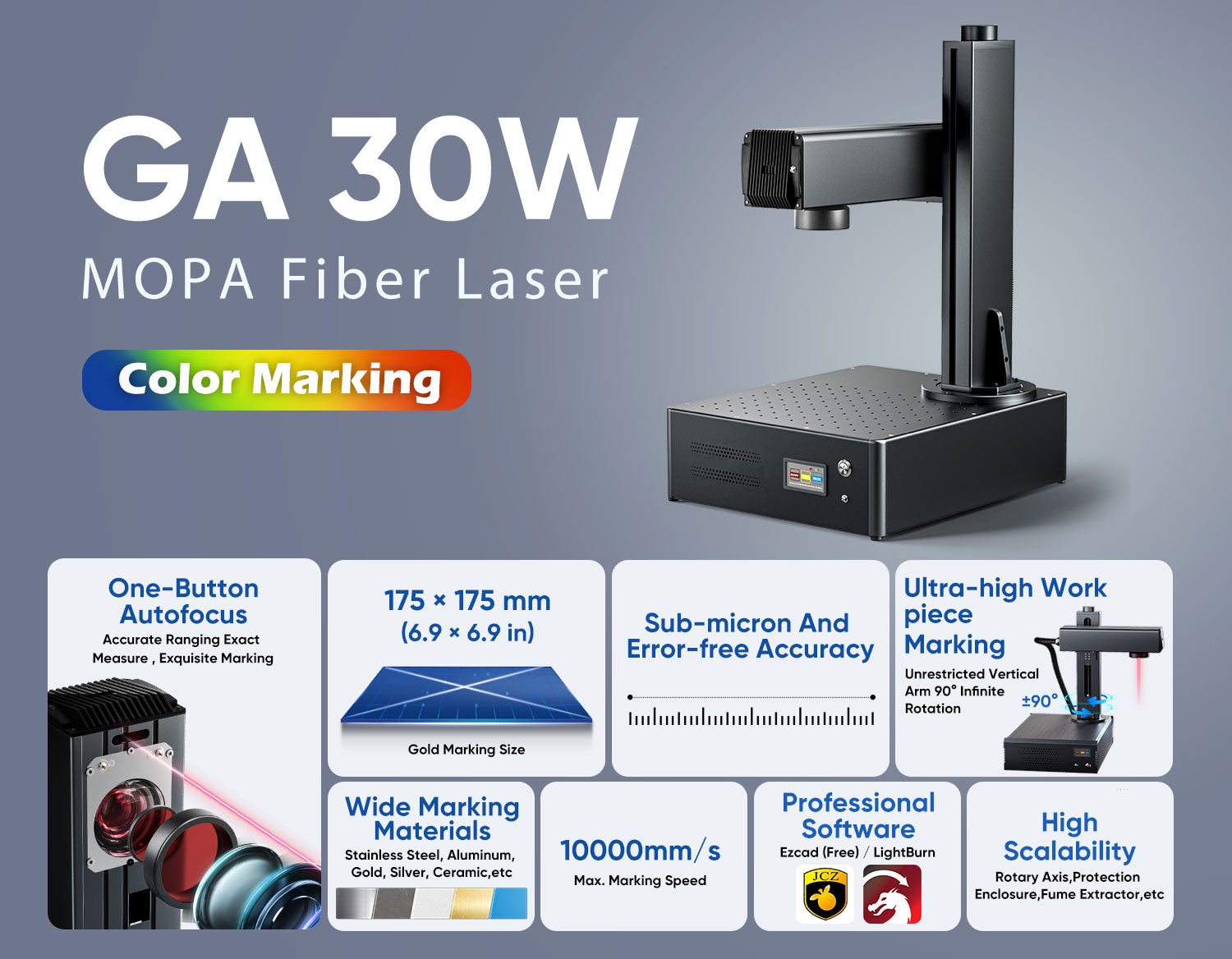In the realm of crafting and manufacturing, laser cutting and etching on acrylic have become indispensable techniques for creating intricate designs and precise cuts. Whether you're a hobbyist, an artist, or a professional, understanding the ins and outs of these processes can elevate your projects to new heights. In this comprehensive guide, we'll delve into the world of laser cutting and etching on custom cut acrylic, exploring techniques, tips, and essential tools to determine the best way to cut acrylic effectively.
Understanding Laser Cutting on Acrylic
Laser cutting is a highly precise method of slicing through materials using a concentrated beam of light. When it comes to custom cut acrylic, laser cutting offers unparalleled accuracy, allowing you to achieve intricate shapes and designs with ease. Here's a breakdown of the process:
-
Preparing Your Design: Before diving into laser cutting, you'll need a digital design file. This can be created using graphic design software like Adobe Illustrator or CorelDRAW. Ensure that your design is formatted correctly for laser cutting, with distinct lines indicating cuts, etchings, and other desired effects.
-
Choosing the Right Settings: The key to successful laser cutting lies in selecting the appropriate settings for your material. Custom cut acrylic comes in various thicknesses and compositions, each requiring specific parameters for optimal results. Consult your laser cutter's manual or conduct tests to determine the ideal settings for your custom cut acrylic and achieve the best way to cut acrylic smoothly.
-
Securing the Material: Properly securing your custom cut acrylic sheet is crucial to prevent movement during the cutting process. Use clamps or adhesive tape to hold the material firmly in place on the laser cutter's bed.
-
Executing the Cut: Once everything is set up, it's time to initiate the laser cutting process. Sit back and watch as the laser precisely follows your design, cutting through the custom cut acrylic with remarkable accuracy. Be sure to monitor the process closely to ensure everything is going smoothly.

Mastering Etching Techniques on Acrylic
Etching on custom cut acrylic opens up a world of creative possibilities, allowing you to add intricate patterns, text, or graphics to your projects. Here's how to achieve stunning etchings on custom cut acrylic:
-
Preparing Your Artwork: As with laser cutting, etching begins with a digital design file. Whether you're etching a logo, a pattern, or a piece of text, make sure your artwork is clean and well-defined.
-
Choosing the Right Laser Settings: Etching requires different settings than cutting, as you're essentially engraving the surface of the acrylic rather than slicing through it. Experiment with power, speed, and frequency settings to achieve the desired depth and clarity in your etchings.
-
Testing and Calibration: Before etching your final piece, it's essential to conduct test runs on scrap acrylic to fine-tune your settings and ensure optimal results. Pay attention to factors like line thickness, depth of etching, and overall clarity.
-
Executing the Etch: Once you're satisfied with your settings, it's time to etch your design onto the acrylic surface. Secure the material firmly in place and initiate the etching process. Be patient and attentive, as the quality of your etchings will depend on factors like speed, power, and focus.

FAQs:
-
Can I laser cut acrylic with a standard CO2 laser cutter? Yes, acrylic can be cut with a CO2 laser cutter, but it's essential to use the appropriate settings and ensure proper ventilation, as acrylic produces toxic fumes when cut with a laser. If you're looking for the best way to cut acrylic, testing different power and speed settings will help you achieve clean, precise cuts.
-
Can I achieve color changes in acrylic through laser etching? Yes, laser etching can create color changes in certain types of acrylic, such as cast acrylic, by inducing localized heating. However, the results may vary depending on the material and the laser parameters used.

Important Details:
- Safety First: When working with laser cutters, always prioritize safety by wearing appropriate protective gear, ensuring proper ventilation, and following manufacturer guidelines.
- Material Considerations: Acrylic comes in various colors, finishes, and thicknesses, each requiring specific laser settings for optimal results. Be sure to consider these factors when planning your projects.
- Maintenance and Care: Regular maintenance of your laser cutter is essential to ensure consistent performance and prolong its lifespan. Clean the lens regularly, check for any signs of wear or damage, and follow recommended maintenance procedures.
Key Takeaways:
- Laser cutting and etching on acrylic offer unparalleled precision and versatility in crafting and manufacturing.
- Proper preparation, including design, material selection, and laser settings, is essential for achieving high-quality results.
- Regular maintenance and safety precautions are crucial when working with laser cutters to ensure a safe and productive working environment.

Conclusion
Mastering the art of laser cutting and etching on acrylic requires patience, practice, and attention to detail. By understanding the principles behind these techniques and following best practices, you can unlock endless creative possibilities and bring your designs to life with stunning precision and clarity. So, roll up your sleeves, fire up that laser cutter, and let your creativity shine through acrylic brilliance with the best way to cut acrylic for your projects!










